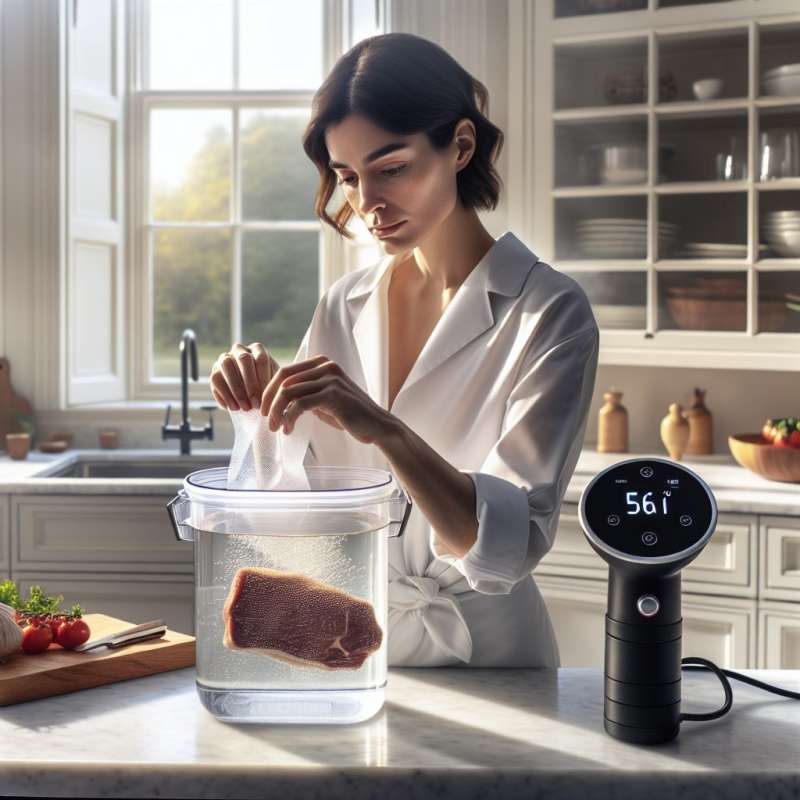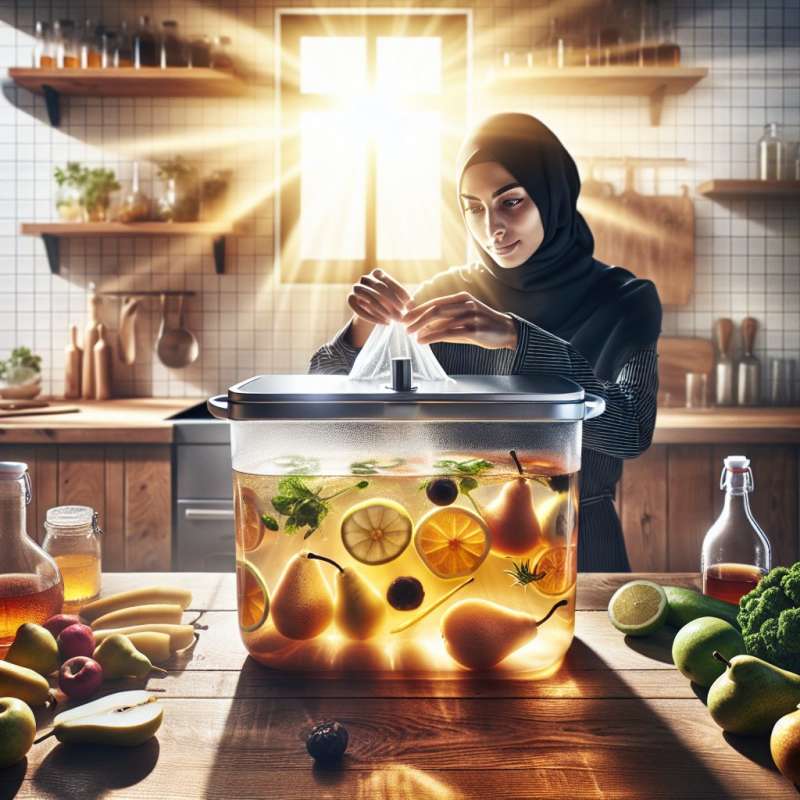
Introduction to Sous-vide
Sous-vide, French for 'under vacuum,' involves cooking food slowly in a vacuum-sealed bag submerged in a water bath at precise temperatures, enhancing flavors and textures.
History and Development
Developed in the mid-20th century, sous-vide became prominent in the 1970s. Georges Pralus and Bruno Goussault perfected it, revolutionizing the culinary world with consistency and food preservation benefits.
Sous-vide Temperature Precision
Unlike traditional methods, sous-vide offers unparalleled temperature control, to within 0.1°C. This precision allows for perfect doneness, particularly for steaks, fish, and eggs, every time.
Sous-vide and Safety
Sous-vide's low-temperature, long-duration cooking requires understanding of food safety. Pathogens like Listeria can be controlled by following proper time-temperature combinations based on scientific guidelines.
Flavor and Nutrition
The sous-vide method locks in juices and nutrients that are often lost through high-heat cooking. This not only enhances flavor but also retains vitamins and minerals.
Unexpected Sous-vide Uses
Beyond meats, sous-vide can be used for fruits, vegetables, and even cocktails. Infusing spirits or poaching pears, the technique's precision opens a new world of culinary creativity.
Sous-vide in Restaurants
Many Michelin-starred restaurants use sous-vide for its consistency and efficiency. It allows chefs to prepare dishes with complex flavors and textures that are difficult to achieve otherwise.NASA and Sous-vide
NASA uses sous-vide to prepare meals for astronauts, ensuring nutrition, safety, and taste during space missions.
What does 'Sous-vide' translate to?
Under pressure
Under vacuum
Under water
Company